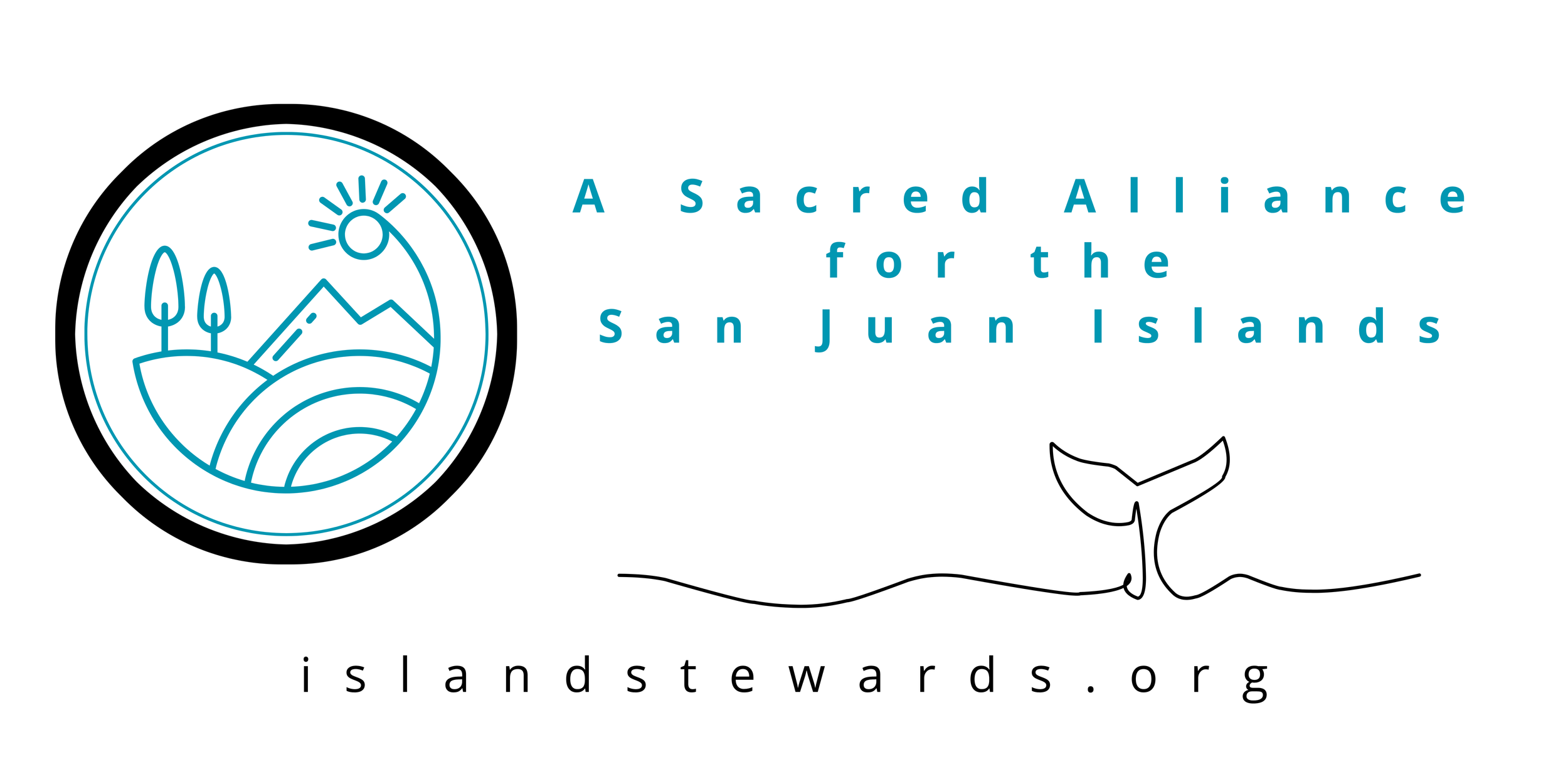At the Speed of Island Life| Why Transit is About More Than Transit
Dear Neighbors
It’s not about buses. It’s about belonging.
We’ve always known living here asks more of us—more intention, more interdependence, more care. That’s the tradeoff for waking up to clean air and forest-filtered light. But in 2025, that tradeoff is tilting. For more people—especially those without cars, time, or stable housing—it’s no longer a tradeoff. It’s an ultimatum.
This summer we asked: Can rural public transportation help preserve what makes these islands special?
The voices we’ve heard since say: Yes—but only if we shape it together.
A Transportation System Rooted in Stewardship
Public transportation might not sound like an ecological, social, or cultural issue at first. But the more you listen, the clearer it becomes:
Elders are isolated. Teens can’t get to work.
Roads are clogged, trails eroding, ferry lines full.
Low-income neighbors spend scarce money and time keeping old cars running—or give up opportunities entirely.
Meanwhile, federal and state transit funds go untouched because no one has asked the right island-shaped question.
This isn’t about building more pavement. It’s about using what we already know—and what we’ve already built—to serve each other better.
About the Project
Common Ground Transit is a collaborative, community-led effort to explore public transportation designed for—and by—the San Juan Islands. Built on shared values of stewardship, resilience, and care, it asks how better connections—between people, islands, and services—can reduce harm, increase access, and support a thriving future.
What Transit Can Really Do
Done right, a community-led transportation system could:
Preserve rural character by reducing congestion and the push to expand roads
Give elders, youth, and low-income workers access to daily life
Lower emissions and protect fragile ecosystems
Reduce toxic runoff—tire wear is now a major source of microplastics in our soil and water
Boost local business by connecting customers to town and workers to jobs
Support housing affordability by making outlying areas more viable
Strengthen resilience during emergencies and ferry outages
Support local farms by connecting people to farm stands, markets, and CSAs
Rebuild connection in a community that’s felt increasingly atomized
We don’t need to become a city to move like a community—we just need shared vision, smart routes, and neighbors willing to help steer.
About That Tax Thing…
This isn’t about raising local taxes. It’s about capturing transportation dollars already sitting unused—federal, state, and private grants meant for projects exactly like this. Projects that prioritize resilience, climate response, and innovation.
What makes us strong candidates?
We’re rural.
We’re aging.
We’re ferry-dependent.
We’re organized.
That last point is where you come in!
Your Next Steps
Sign the Petition – Show funders and leaders there’s interest:
Quick PetitionTake a Survey – Local or visitor, your input matters:
Local Survey
Visitor SurveyFor Organizations & Agencies – Share your perspective:
Feasibility SurveyTalk With Your Neighbors – Ideas spread faster face to face.
Join Island Stewards and forpt.org Monday, August 18, 4:00 PM for our community meeting on Transportation.
Meeting Link: meet.google.com/rej-cdoi-iih
Speak Up at the County Council Meeting –
Tuesday, August 19, 9:00 AM in the Legislative Hearing Room, 55 Second Street, Friday Harbor, or join online via the County’s meeting portal. Transportation is on the agenda—your voice in “Public Access Time” will matter.
How to access Council meetings:
Check the Council Calendar for the next available meeting.
Live Stream the meeting at San Juan County Media.
Join the meeting for public access:
Sign up here to make a public comment before 9 a.m. on the day of the meeting
Call in at 9 am for public access – 360-726-3293
+1 360-726-3293 , 853275322# United States, Seattle
2. Phone Conference ID: 853 275 322#
3. If you are watching or listening to the Council livestream, please turn it off when calling in for Public Comment.
Meanwhile, in the Sky…
Low over the treeline, human-piloted “Pivotal” aircraft—white, car-sized, and loud—crossed the island. Some saw a glimpse of the future; others heard only intrusion.
On the ground, livestock scattered as the buzzing machines traced wide arcs overhead, arriving without the community process even the smallest local project requires.
And that’s the divide: we can host experimental aircraft over our heads, but many residents still can’t get a ride to work, to a doctor’s appointment, or to the ferry without leaning on a friend. Cars sit in driveways waiting for repairs that cost more than the vehicles themselves. Students turn down jobs they can’t reach. Elders miss gatherings for lack of a way home after dark.
We can launch futuristic flying machines over our homes, but we can’t yet build a basic, reliable way for neighbors to move across their own islands. Until we close that gap, the view from the ground will remain less about the marvels of tomorrow—and more about what’s missing today.
The future can fly over us, but the real test is whether it can pick us up on the way.
In stewardship,
Island Stewards
P.S. Ghost Pipes (Monotropa uniflora) — This rare, ethereal wildflower thrives in shadow, drawing its strength from the forest floor rather than the sun. Said to quiet the woods and remind us not to quarrel, it has a long history of use for easing deep pain—both in body and in spirit.




